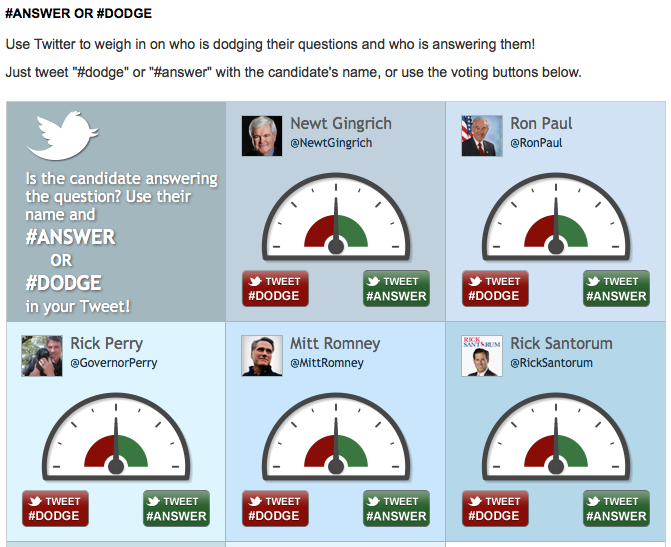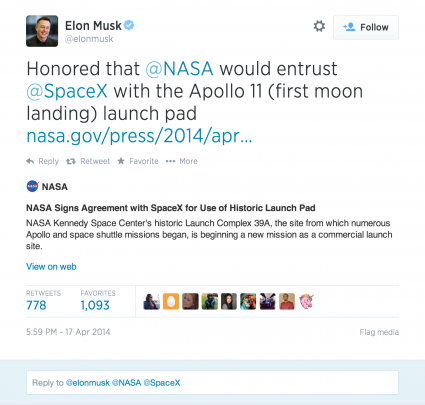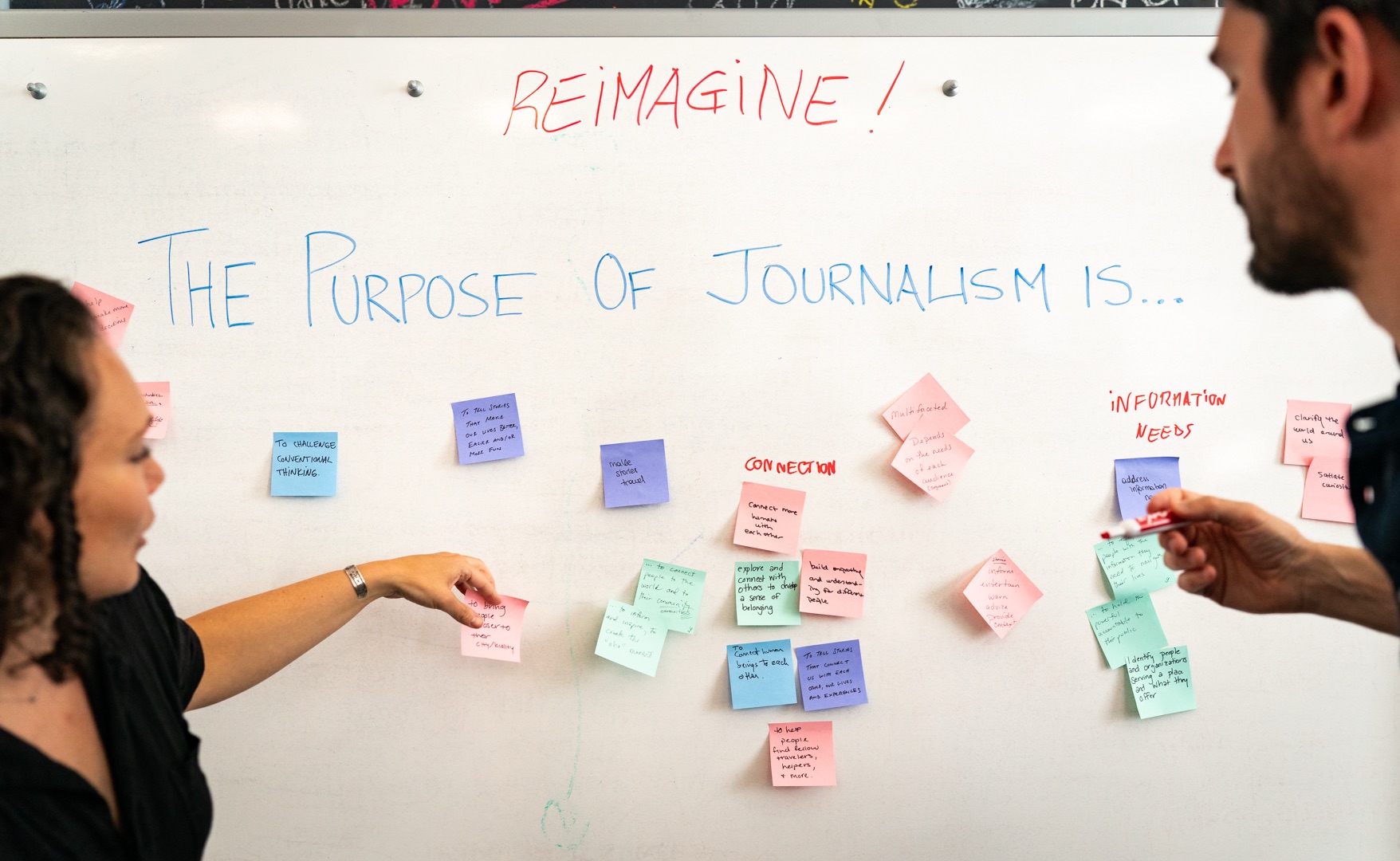In the eight years since Twitter launched, the platform has become an essential tool for modern journalists. Yes, it’s great source of interesting content and anecdotes for coloring your work. It’s also an undeniably effective platform from which to promote your work. But with more than a billion tweets posted every two days, the data and insight derived from those tweets is probably even more intriguing.
Late last month, several members of the Twitter for News team met with media members from around Chicago to dish out advice and insight on getting the most out of the service. Some of it was common sense tricks for using Twitter effectively: Don’t be a robot, use hashtags, share photos and other media, and tweet at high traffic times.
But some of the insight and stories they shared were less expected. Straight from the mouths of the Twitter for News team, here are the top tweeting takeaways for journalists today:
A tool and a talking point in broadcast news
In 2012, Twitter partnered with Fox News to bring a live tweet counter to the presidential debates. At the Myrtle Beach republican presidential debate, viewers were encouraged to append “#answer” or “#dodge” to their tweets depending on whether or not they thought a candidate adequately answered the question posed to him. Those real-time tweets were then displayed online during the debate and discussed on the broadcast following the debate.

The benefit to Fox was two fold. For starters, Fox was able to use Twitter as a talking point during broadcasts,said Andrew Fitzgerald, head of strategic operations for media. And their work enabled viewers to see which moments resonated with the audience.
But talking up Twitter during the broadcast also gave the network a nice bump in followers for @FoxNews. In fact, @FoxNews saw the greatest number of new followers on the four days the network included a live tweet counter during broadcasts.
Twitter as a leading political indicator
Twitter's influence on politics and how politics is covered has been well documented, but just how prevalent the service has become among politicians and pollsters is an interesting question. The folks from Twitter of course came prepared to tout the service's usefulness to reporters covering politics.
For starters, yes, every U.S. senator and state governor has a Twitter account. In the House of Representatives a few hold-outs exist, but the proportion of members who are on Twitter nears 100 percent.
It also turns out that Twitter users are fairly politically active. They're 50% more likely to attend a political meeting than the population in general, said Adam Sharp, Twitter's head of government and non-profits. And in the United States, one-third of Twitter users used the platform to engage in the 2010 midterm elections.
As a political indicator, Fitzgerald said that Twitter data lends reliable insight in to the electorate's opinion more quickly than traditional elections polls. Twitter users, he said, don't necessarily reflect the population in general, but are reflective of likely voters, the same folks pollsters seek out.
More clicks, better engagement with Twitter cards?
In a stream of tweets, making those that link to your content stand apart from the crowd can be difficult. One solution might be to enable Twitter Cards, which attaches a 200-character summary, headline, and photo to any tweet that includes a link to your site. It’s free, but will require some strategic thinking and additional lines of code to your site's HTML.
Check out Forbes' "Definitive Guide to Using Twitter Cards" for a quick overview of the various types of cards and how to enable the feature on your site.
So why should journalists go through the trouble of installing Twitter Cards? There are several advantages:
- Twitter Cards will shorten links directly to your site, usually with one that shows the name of your web page. It’s a way to both drive more clicks and reinforce your site’s presence.
- Lots of tweets in a user’s Twitter feed will have links. It’s doubtful that the user will click on them all, but adding more information — in the form of photos, summary, headline, author name — can potentially persuade readers to click.
- After installing Twitter Cards, you can use Twitter Card Analytics to get a better idea of how your content is shared on the service. What content is shared most? Seen by the the most people? Left the most impressions? Resulted in the most clicks? Twitter Card Analytics will tell you, and you can use that insight to improve your social media presence.

One interesting case: When @NASA enabled Twitter Cards, the agency discovered that its second-largest driver of twitter traffic was @ElonMusk, second only to the NASA account itself.
About the author





